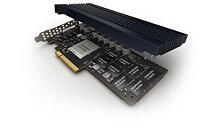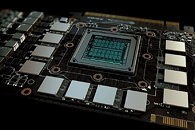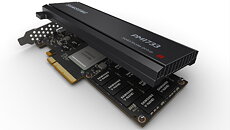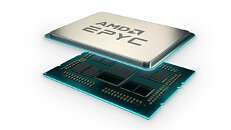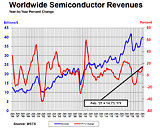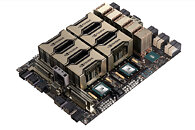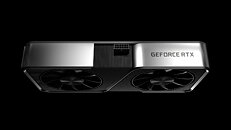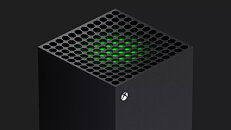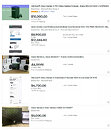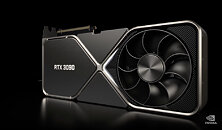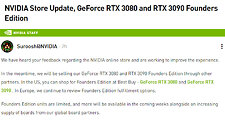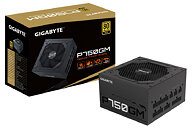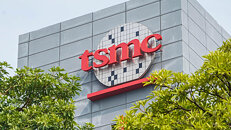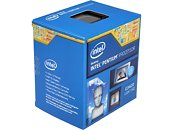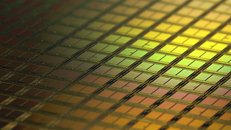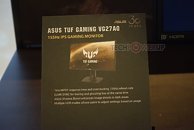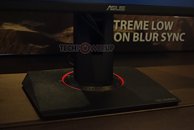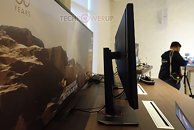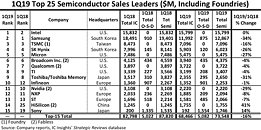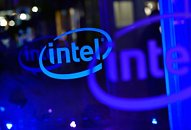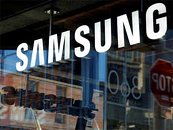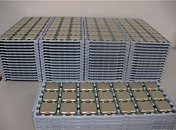Supply Constraints Hits Some Raspberry Pi Products
No-one seems to be immune to the current spat of component shortages and Even Upton from the Raspberry Pi foundation has announced that the 2 GB SKU of Raspberry Pi 4 will be going up in price, to its previous US$45 price point, from its current US$35. They will also bring back the 1 GB SKU of the Raspberry Pi until things settle down and it'll retail for $35.
They're also shifting their production priorities to be able to meet the demand of some products, as they're experiencing a fab allocation shortage on the 40 nm node on which the Raspberry Pi 3 SoCs are being made. As such, the Raspberry Pi 3B+ might end up in short supply, as the Raspberry Pi foundation will focus on its Raspberry Pi 3 and 3+ compute modules, as well as the Raspberry Pi 3B.
They're also shifting their production priorities to be able to meet the demand of some products, as they're experiencing a fab allocation shortage on the 40 nm node on which the Raspberry Pi 3 SoCs are being made. As such, the Raspberry Pi 3B+ might end up in short supply, as the Raspberry Pi foundation will focus on its Raspberry Pi 3 and 3+ compute modules, as well as the Raspberry Pi 3B.




